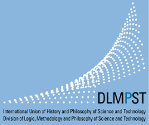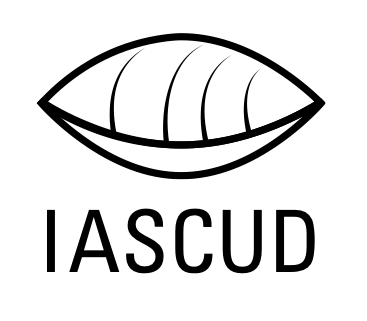
|

|

|


Diversity of science cultures during and after the Cold War
Tallinn, Estonia14 June 2019
Workshop Theme. The political tensions between the Eastern and the Western Bloc after the second world war, commonly referred to as the Cold War, had profound effects on cultures on both sides of the geopolitical divide, including scientific cultures. During the roughly four decades that the Cold War lasted, scientific cultures were somewhat, though not completely separated, resulting in divergent and convergent evolution of cultural norms and standards in the practice of the sciences.
Convergence led to parallel developments, sometimes independently, sometimes in collaboration in spite of the political rift. This in turn allowed for the migration and quick integration of Soviet-trained scientists after the dissolution of the Soviet Union. And yet, some of the effects of divergence are still keenly felt by scientists working in multicultural research institutions or collaborating on the global scale, even thirty years after the end of the Cold War.
Our workshop aims to bring together philosophers, historians and sociologists of science to discuss aspects of divergence and convergence: examples of divergent or convergent cultures during the Cold War or their effects in current science practice.
Keynote speakers.
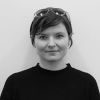 |
 |
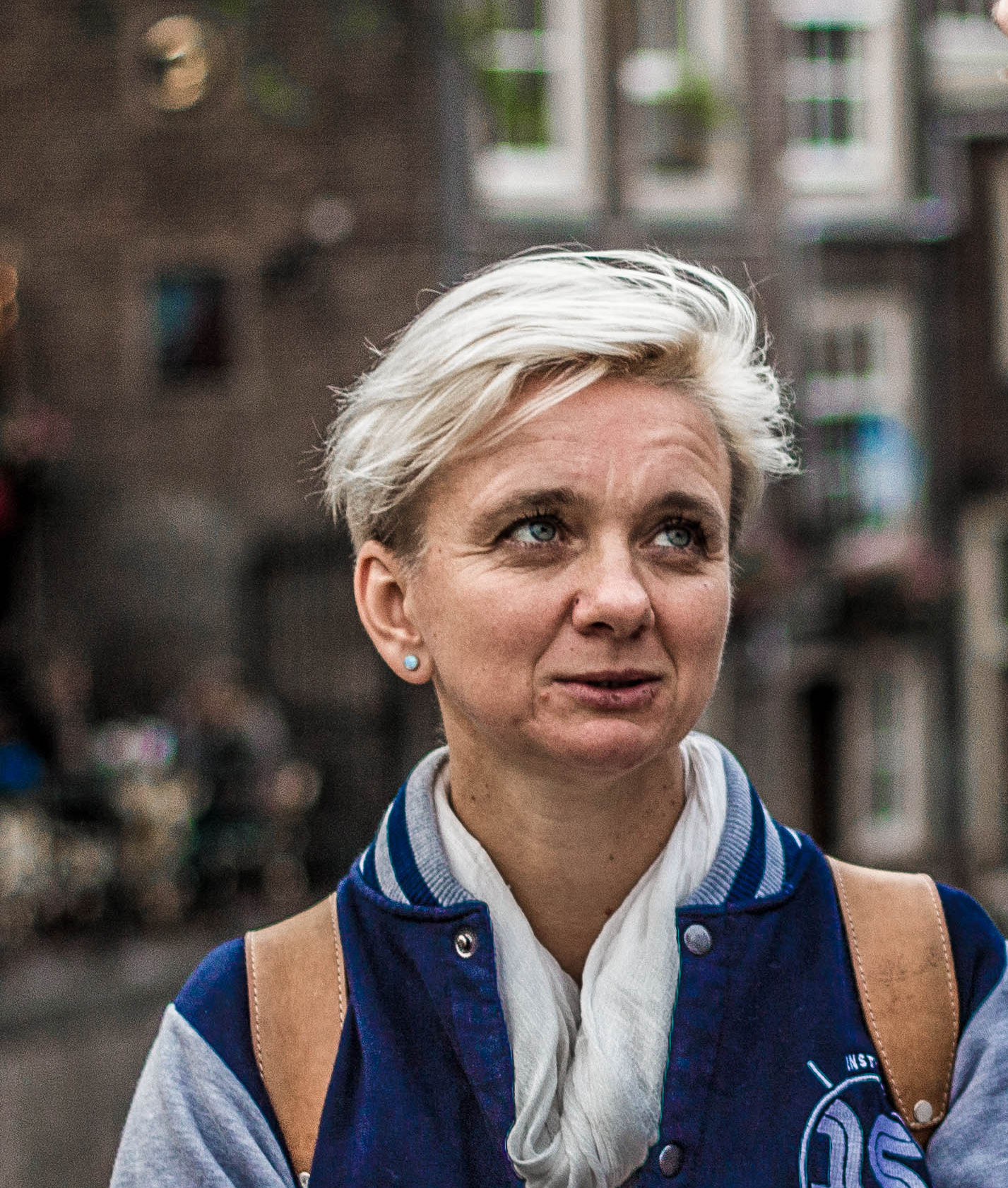 |
|
Rational or Sustainable? |
Out of Poldavia: Real and fabricated Soviet emigrés and the cultural-political imaginaries of mid-century Western mathematics Michael Barany University of Edinburgh |
Dynamics of career-coupling relationships. Master-disciple relationship patterns in the East and West research worlds |
On Friday,14 June 2019, the International Association for Science and Cultural Diversity (IASCUD) held an international workshop at Tallinn University of Technology. The focus of the talks and discussions at the event was on the administration of science during and after the Cold War by scientists who worked on both sides of the front line. Many commonalities between the different scientific cultures were discussed but some interesting differences as well. Those differences concerned scientific disciplines as abstract as physics and mathematics.
The invited speakers made extensive presentations regarding complex identities and dynamic relationships between Siberian scientists (K. Tatarchenko), social history and cultural roots of the Bourbaki group (M. Barany), and cultural differences of relationships between teachers and students in the West and the East (I. Wagner). Contributed talks included topics such as global differences and local coordination in the collaboration of US physicists with a group from Dubna in the 1970s (P. Petruhina), history of the concept of "cellular automata" and machine learning technologies (O. Kirtchik), the program of US assistance to South Korean science and program's role in its establishment and flourishing (S.B. Lee). E. Lõhkivi presented her reflections on research cultures and intercultural interactions in Estonian physics institutes after the Cold War. All presentations spiked the interest of the audience and were followed by lively discussions. The workshop concluded with dinner at a local restaurant representative of the local cuisine.
Two IASCUD council members, assistant secretary general Vitaly Pronskikh and assessor Peeter Müürsepp (the local host) chaired the sessions. IASCUD secretary general Nina Atanasova handled the communications associated with the planning of the workshop but was unfortunately unable to attend.
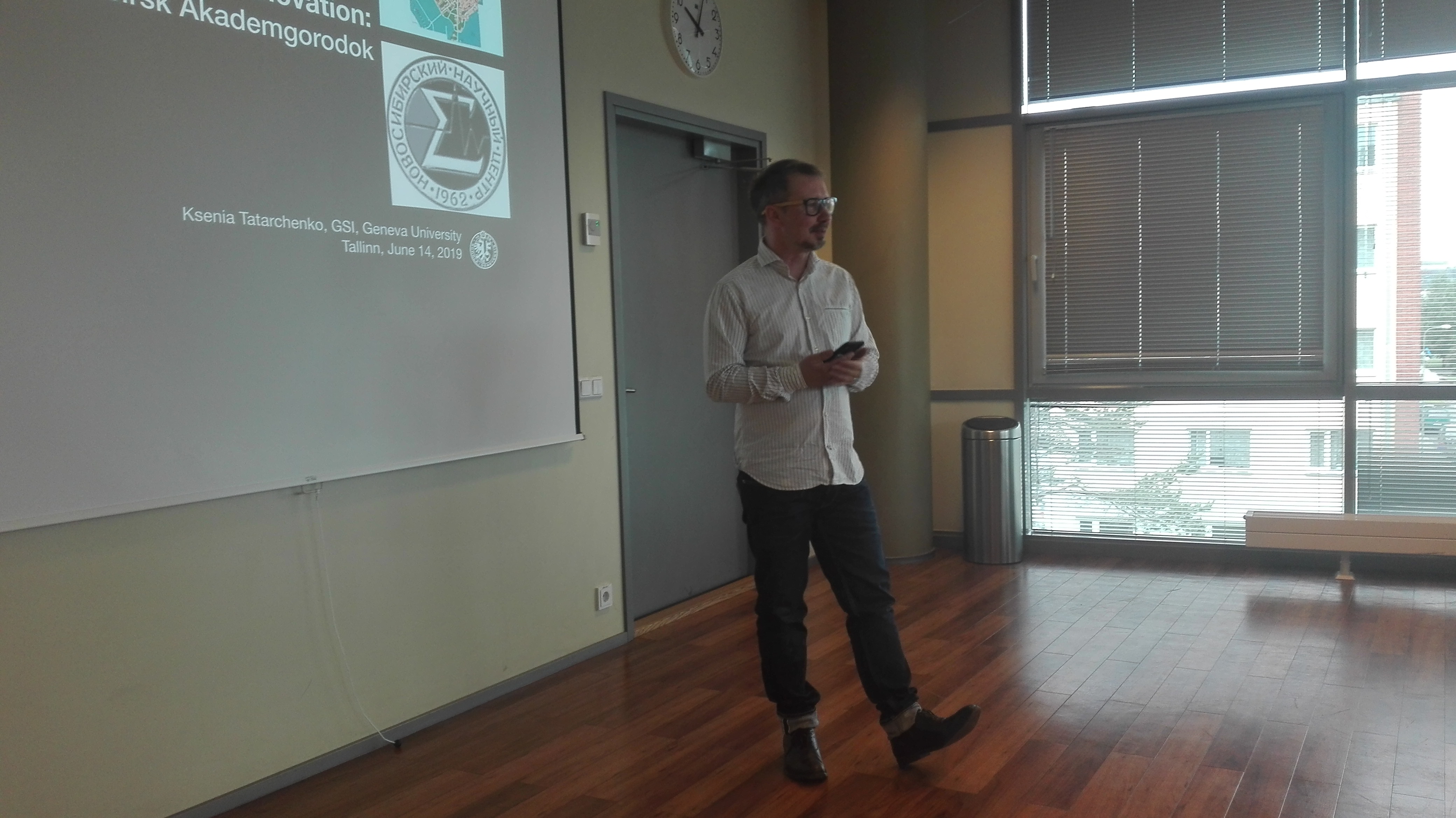
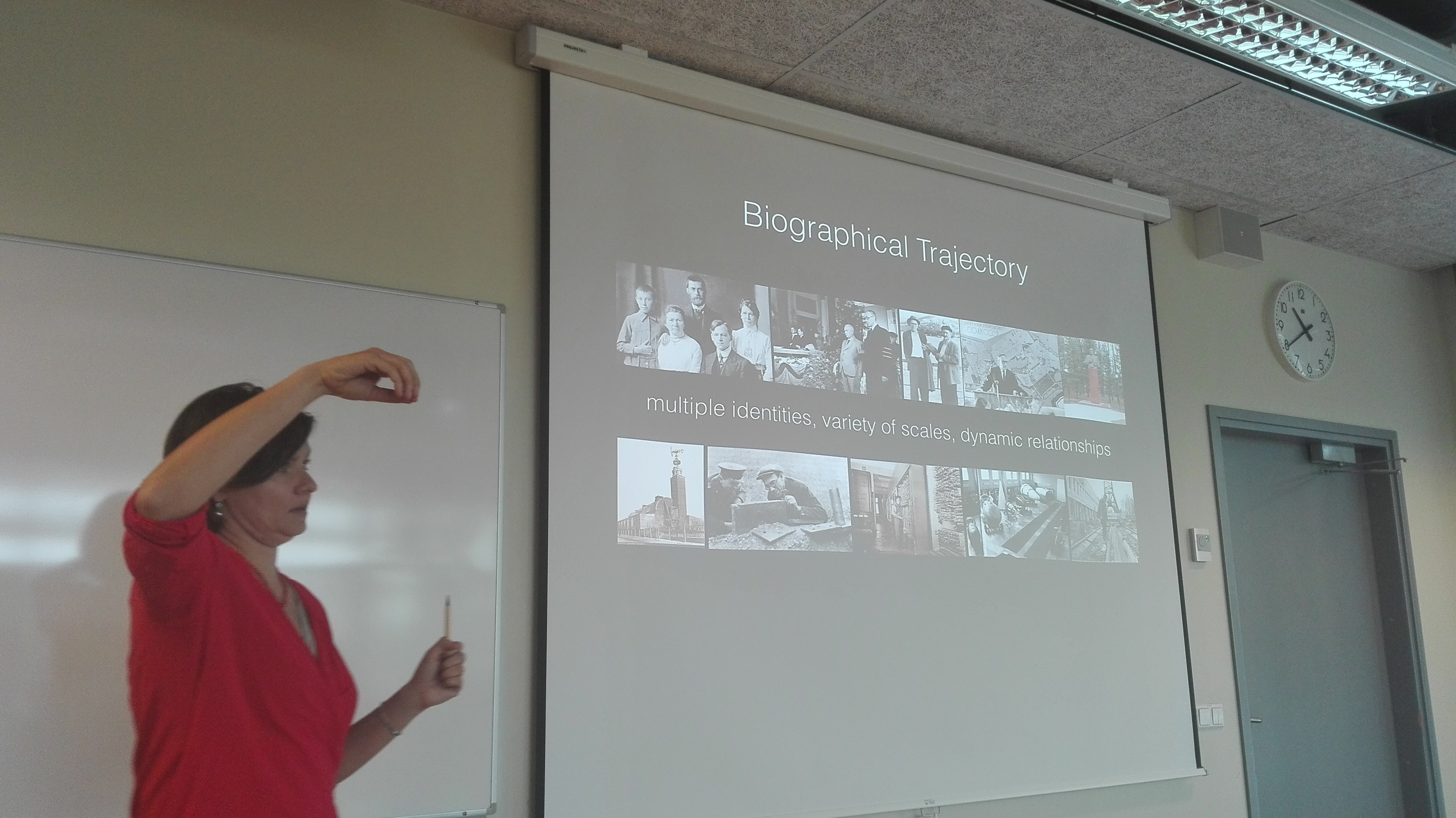
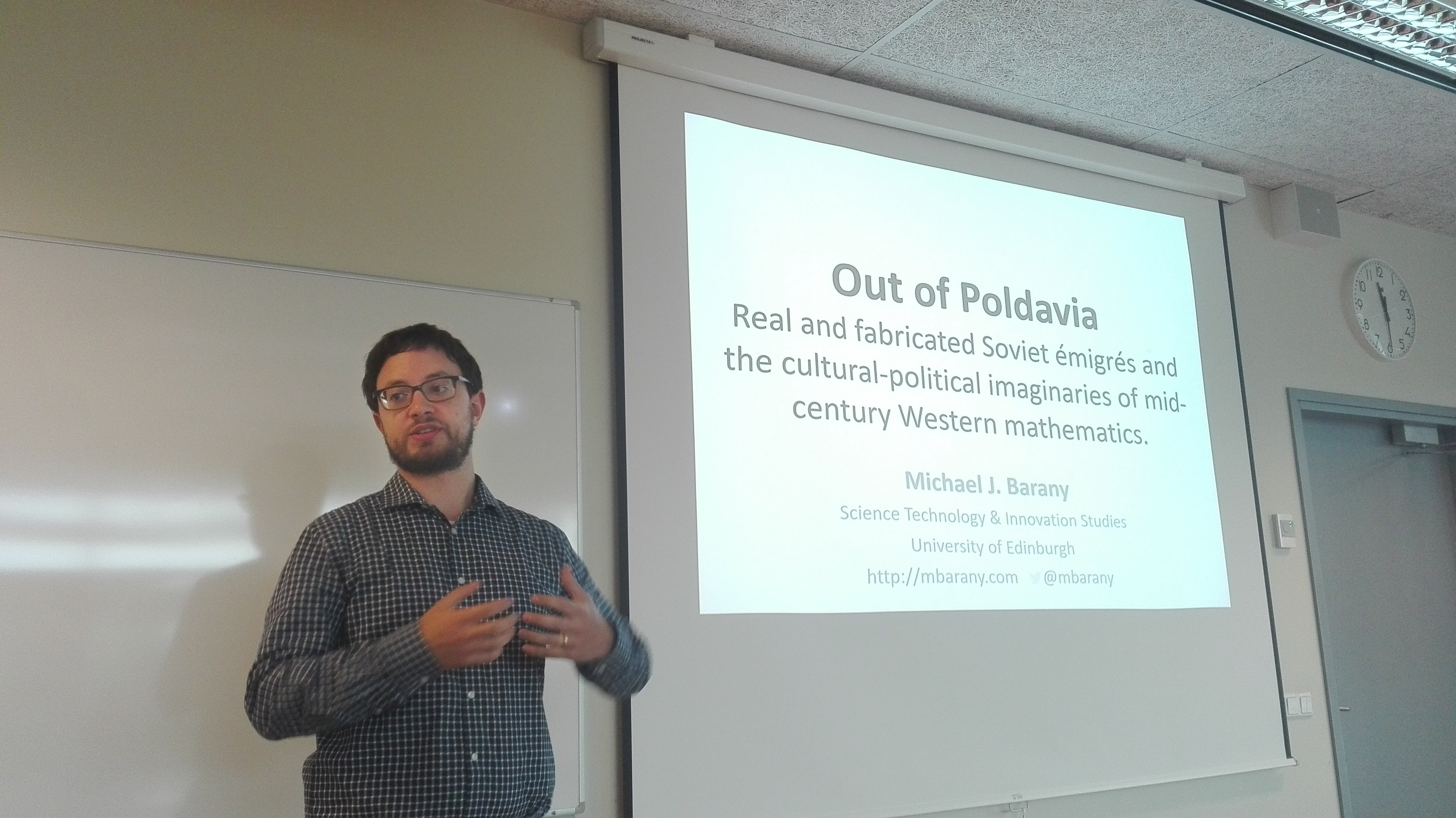
The workshop is generously funded by the Division for History of Science and Technology (DHST) and the Division for Logic, Methodology and Philosophy of Science and Technology (DLMPST) of the International Union for History and Philosophy of Science and Technology (IUHPST).

